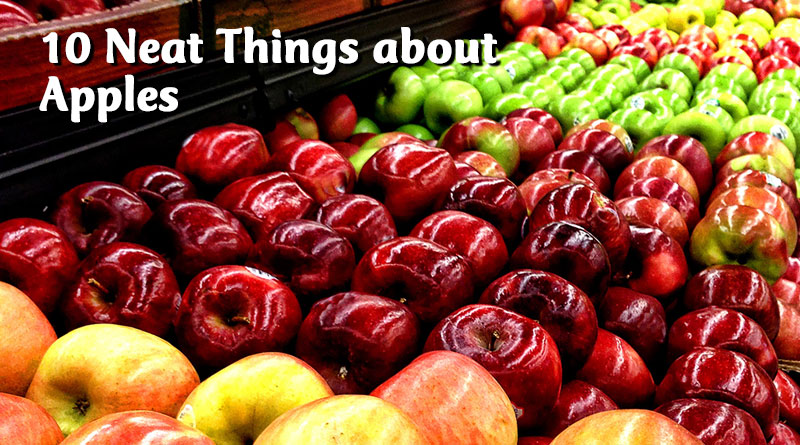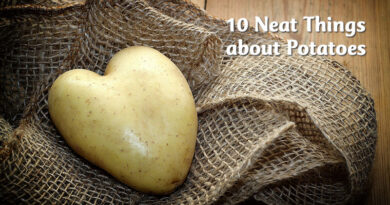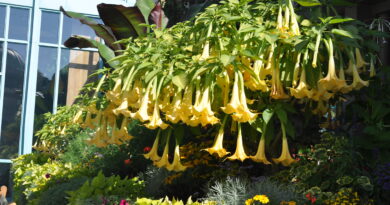About Apples
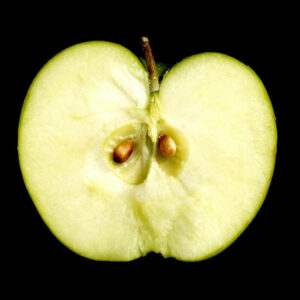
1. They are so pomaceous!
Pome is from the Latin word for fruit, pomun, but in our world, we apply this term only to certain kinds of fruit, apples being at the top of the list. Other pomes include pear, quince, medlar and cotoneaster. These are fruits that bear their seeds inside a case called a carpel and surrounded by tissue.
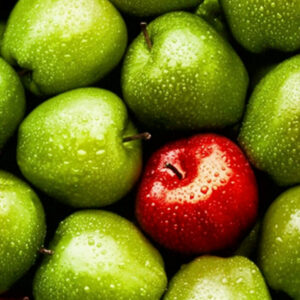
2. More genes than humans.
Apples have had their genome mapped and it turns out that they have 57,000 genes, while we poor backward humans have only 30,000.

3. Fussy maters.
Apple trees need to find an unlike mate to pollinate. That means you need two different varieties that bloom at roughly the same time, plus the help of some friendly bees, to get fruits. However, cross-pollination will also occur if you have a tree with two different varieties grafted to the same root stock. In spite of this fussiness, apples like a little mating variety and will cross-pollinate with pears.
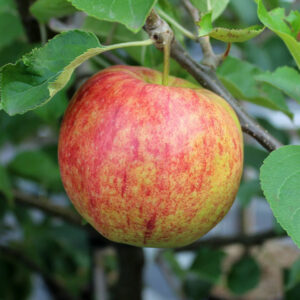
4. Frigid fruit.
Some apple varieties – Winesap, Mutsu, Jonagold and Stayman — take no active part in the mating process, meaning that they produce sterile pollen of no use to their neighbours. However, they are quite thrilled to be pollinated by someone else. Hmmm.
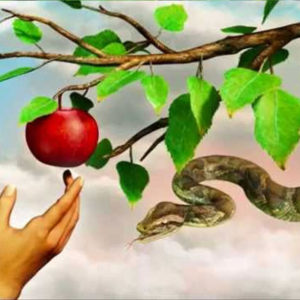
5. Symbol of sexual seduction.
We all know the story of Adam and Eve and the apple, and even though some today say it was really a pomegranate (which is technically a berry), apples are still the fruit of choice for sexual allusion. The Adam’s apple is so named for the legend that it comes from a piece of apple getting stuck in Adam’s throat. In Greek mythology, the apple is sacred to Aphrodite and in ancient Greece, tossing an apple to a girl was a proposal while catching it was acceptance.
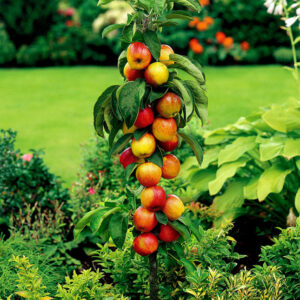
6. Takes a dwarf to grow a dwarf.
Most apples grown here are grafted onto some hardy native crabapple stock. The ultimate size of the resulting tree is governed by the size of the rootstock. If you want a dwarf tree, you need to have it grafted to a dwarf rootstock.
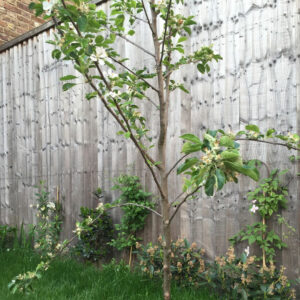
7. Takes a grownup to make fruit.
Apples don’t produce fruit until they are at least four or five years old and sometimes it takes as long as eight years. Even then, you will often see a bounteous crop one year and little production the next. A late spring freeze can affect the crop by killing the blossom bearing buds.
8. Knowing when they are ripe.
If you want to check on the fruit’s ripeness, cut one in half. It is ripe when the seeds turn brown.
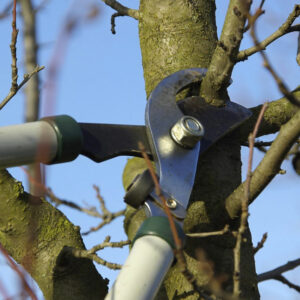
9. No wet feet, no pruning in summer.
Apples don’t like standing in water and please don’t prune them in summer or early fall, because that will spur growth when they should be shutting down. Do prune in late winter/early spring and they say that if you remove all the newly formed apples but one from each cluster when they are still the diameter of a dime, you will get bigger, lusher fruit.
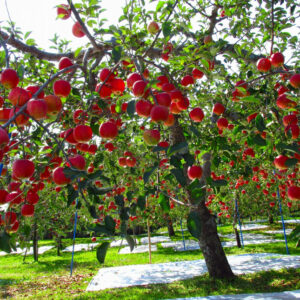
10. Oh, that Alexander!
It is said that the first true apples were brought from Western Asia by Alexander the Great. It is true that Malus domestica, the original apple is native to a location between the Caspian and the Black Sea, including Kazakhistan, Kryrgzstan, Tajikistan and Xinjiang province in China. Oh, and one more thing: if you want to keep potatoes fresh and not sprouting, throw an apple in the potato bag.



